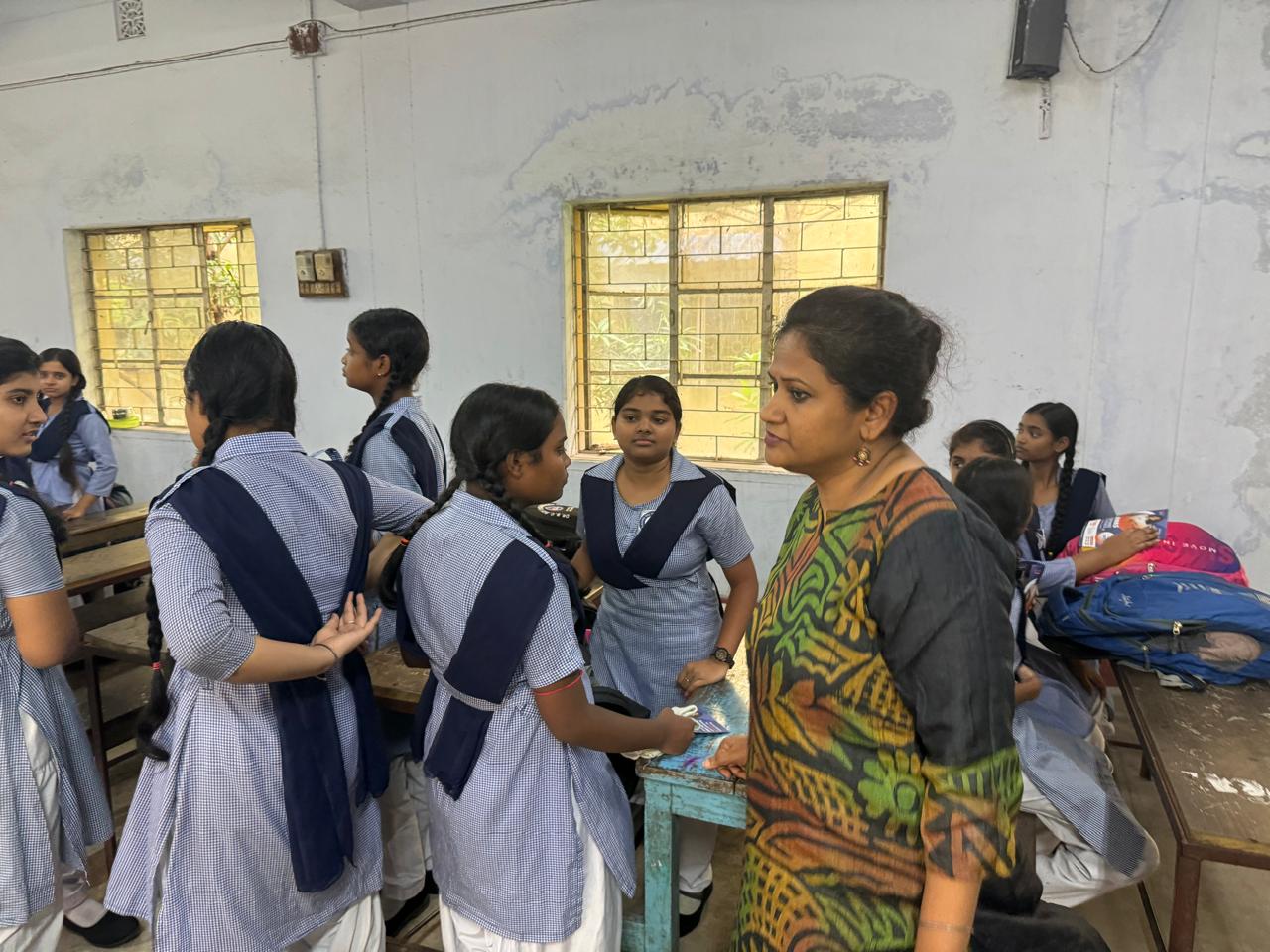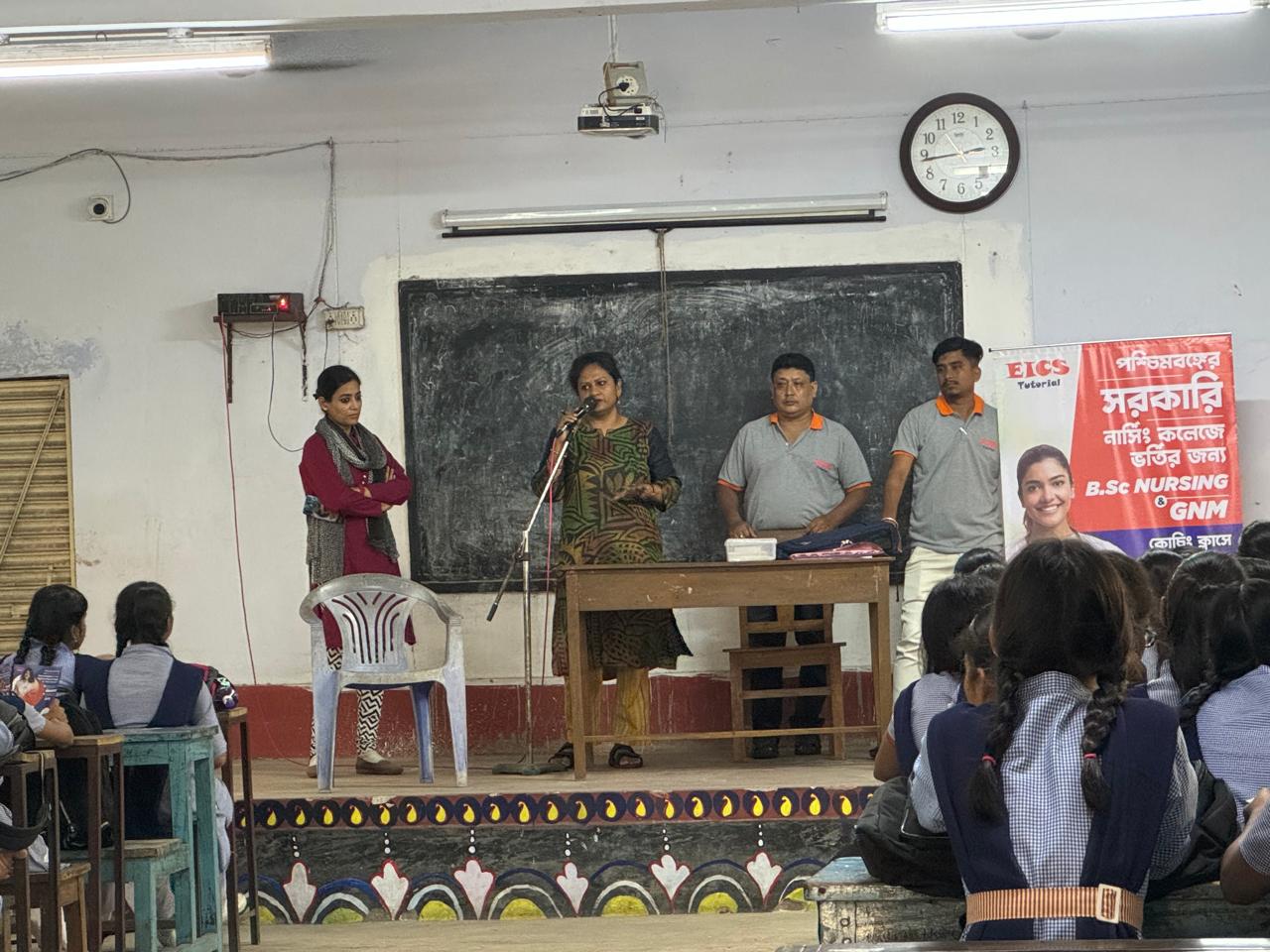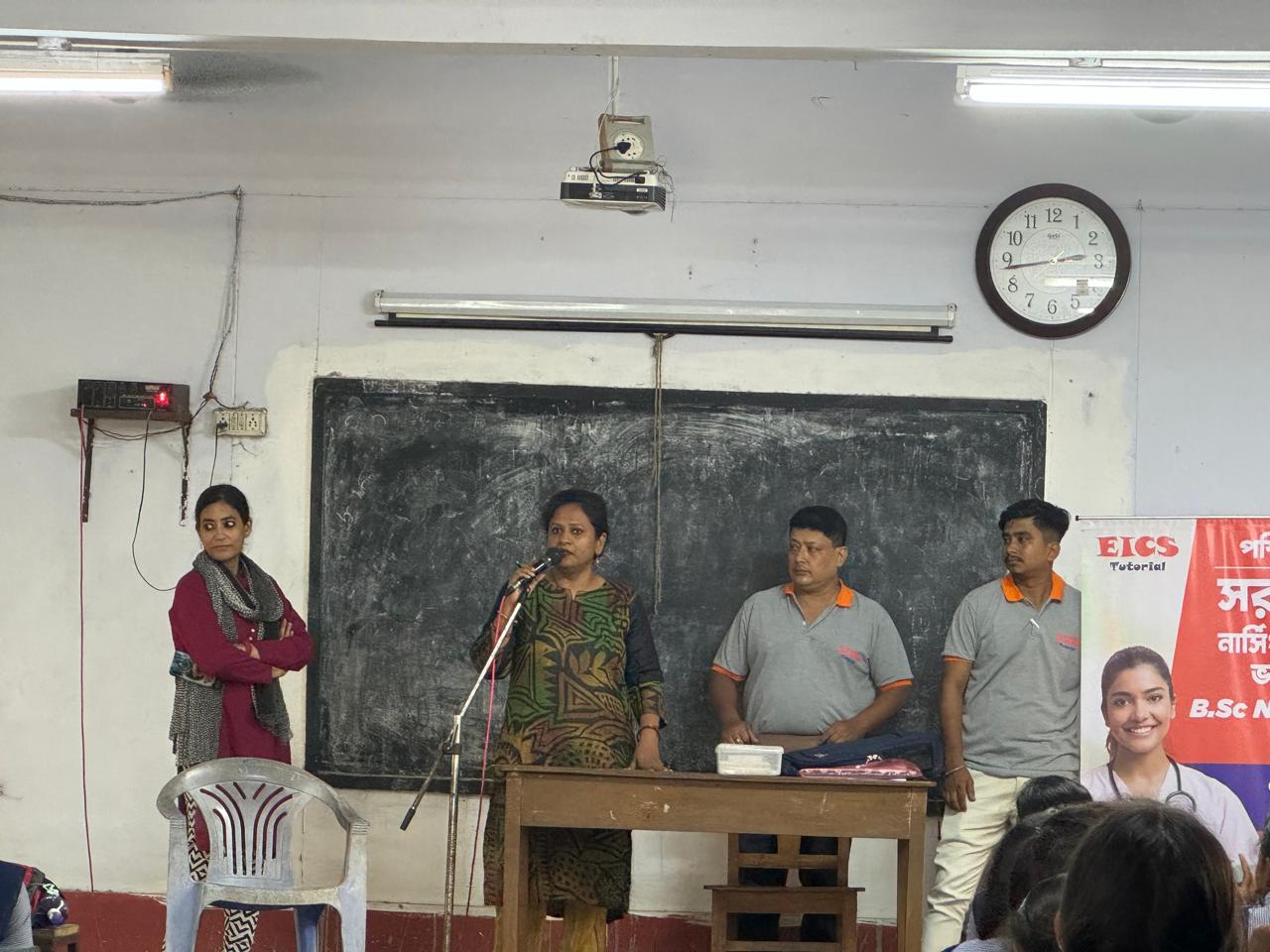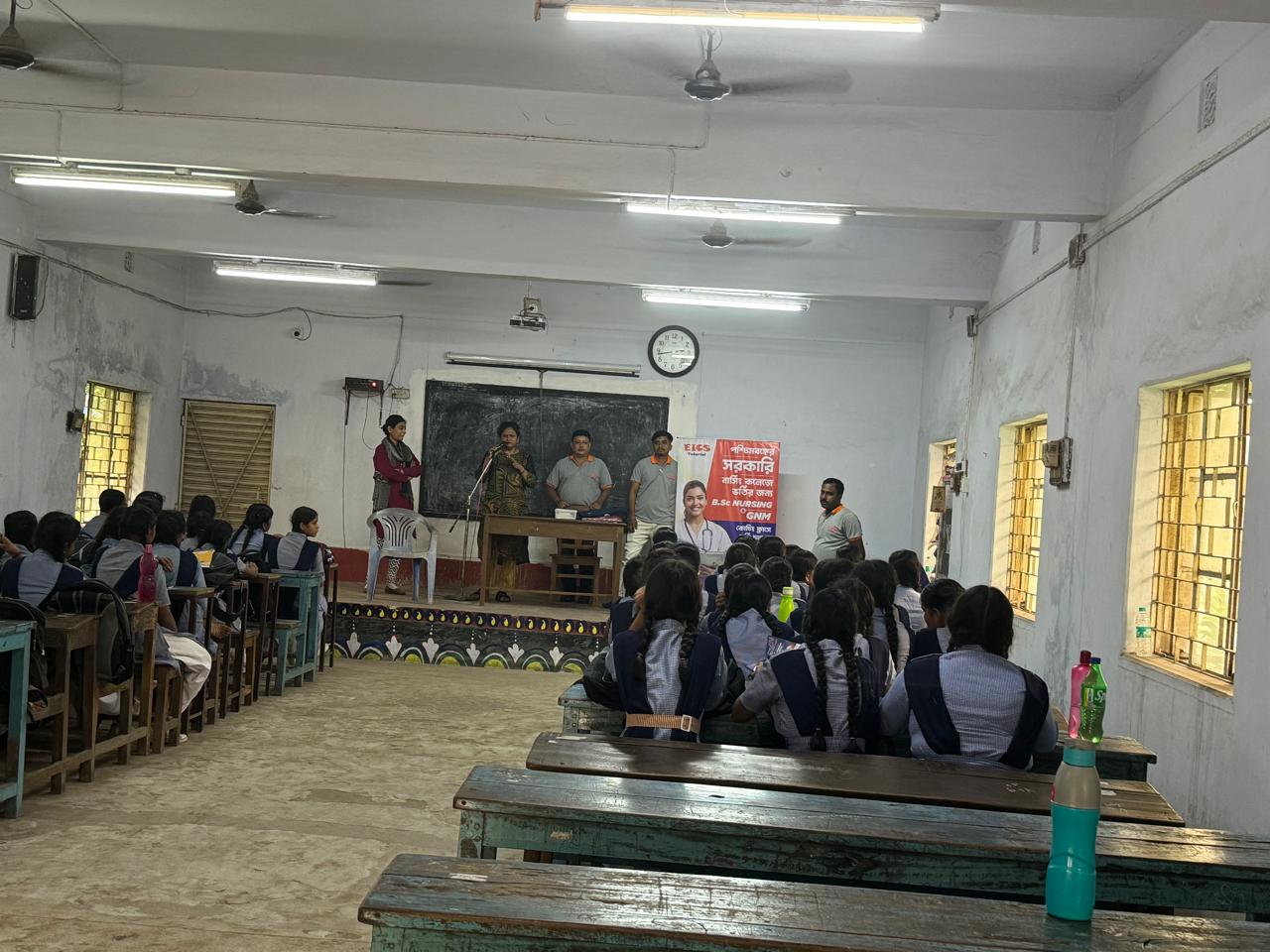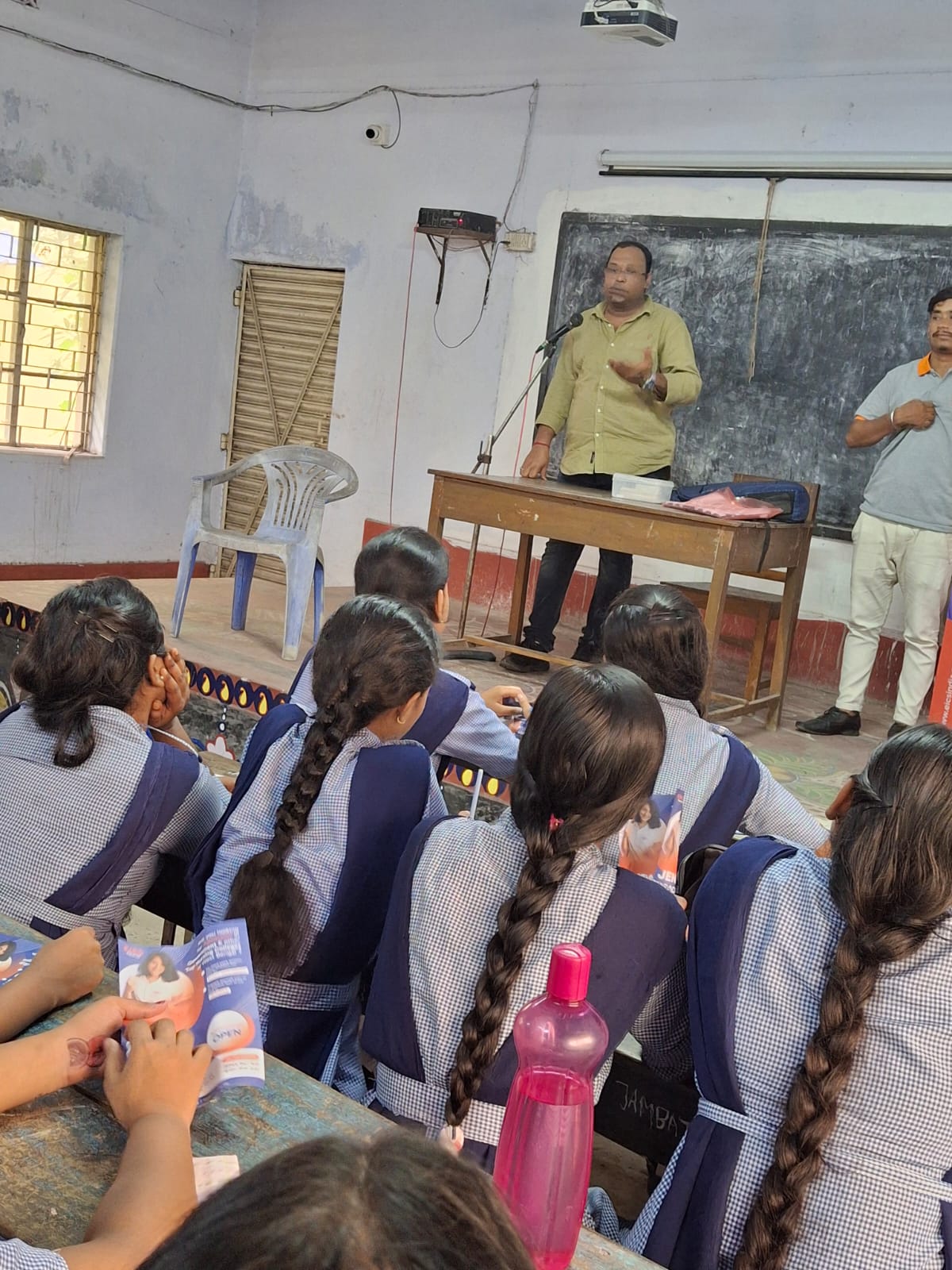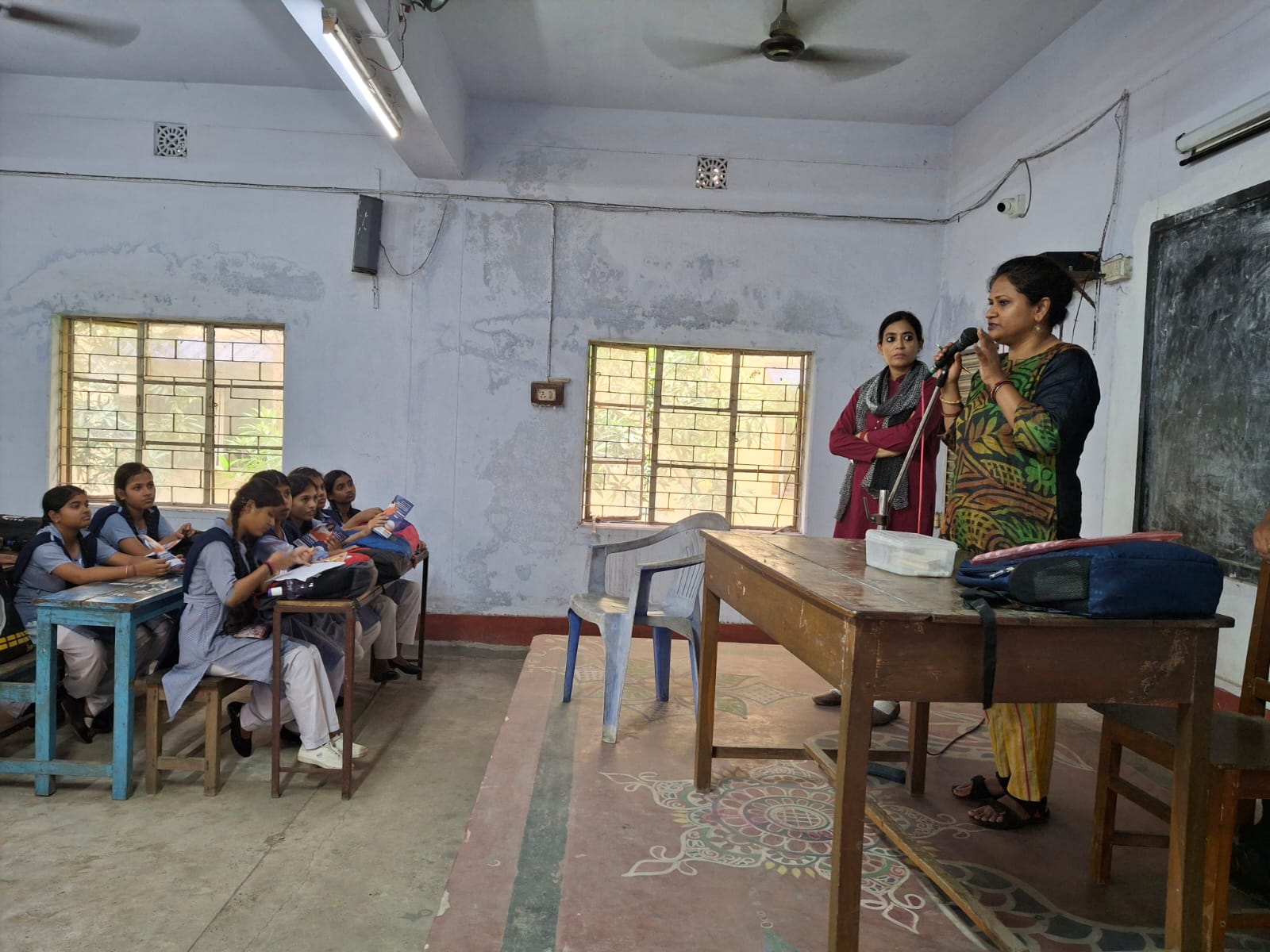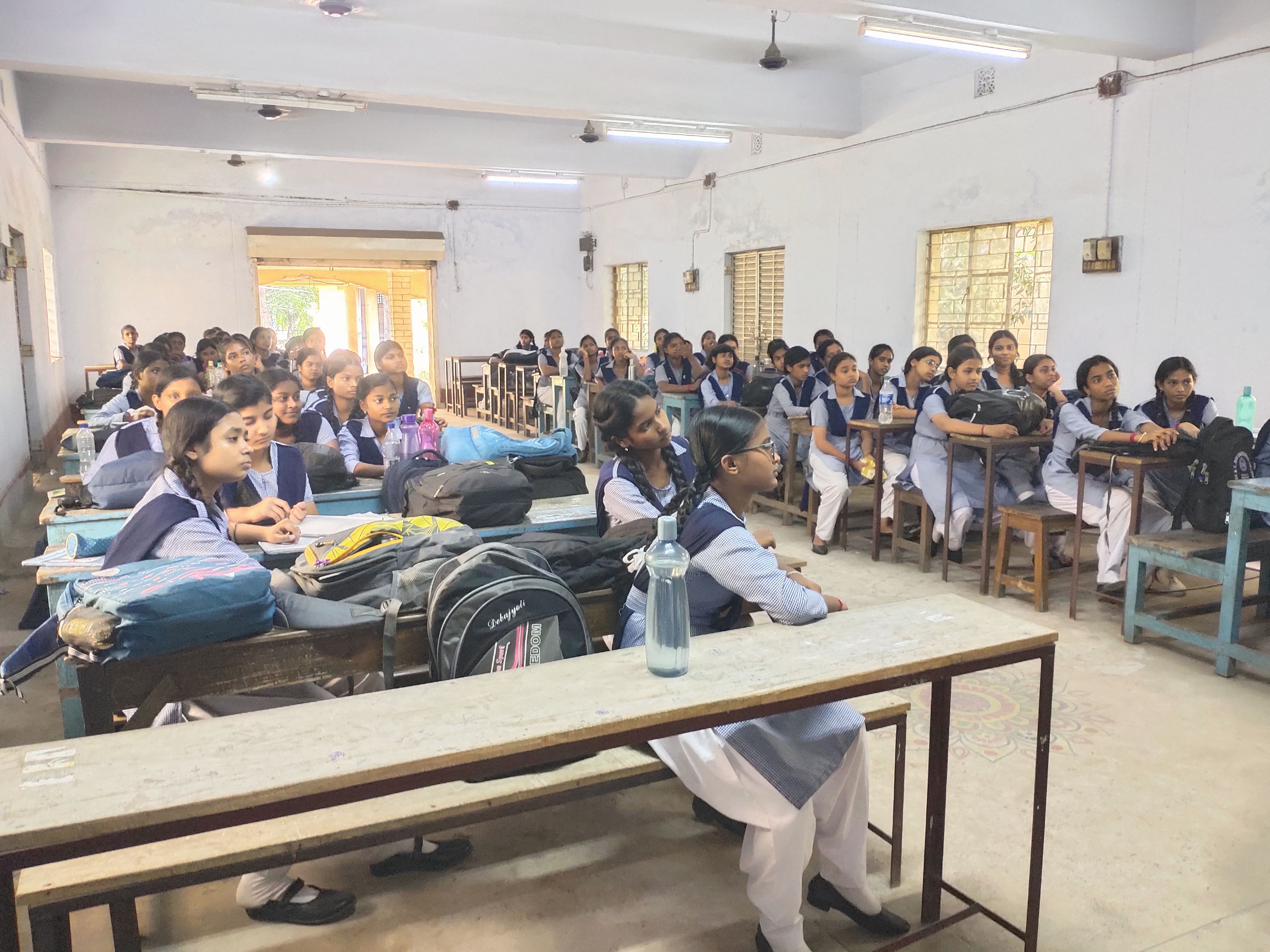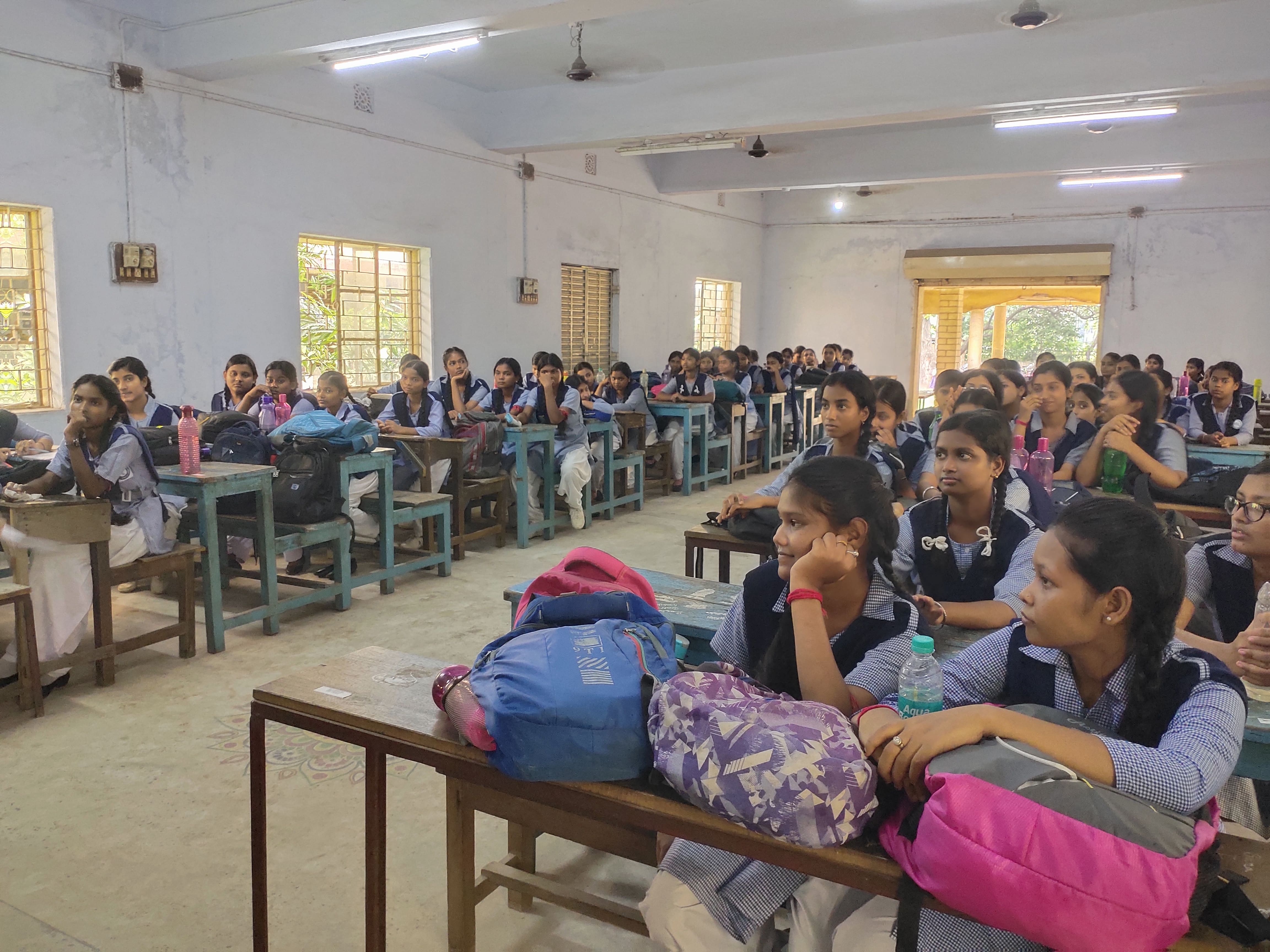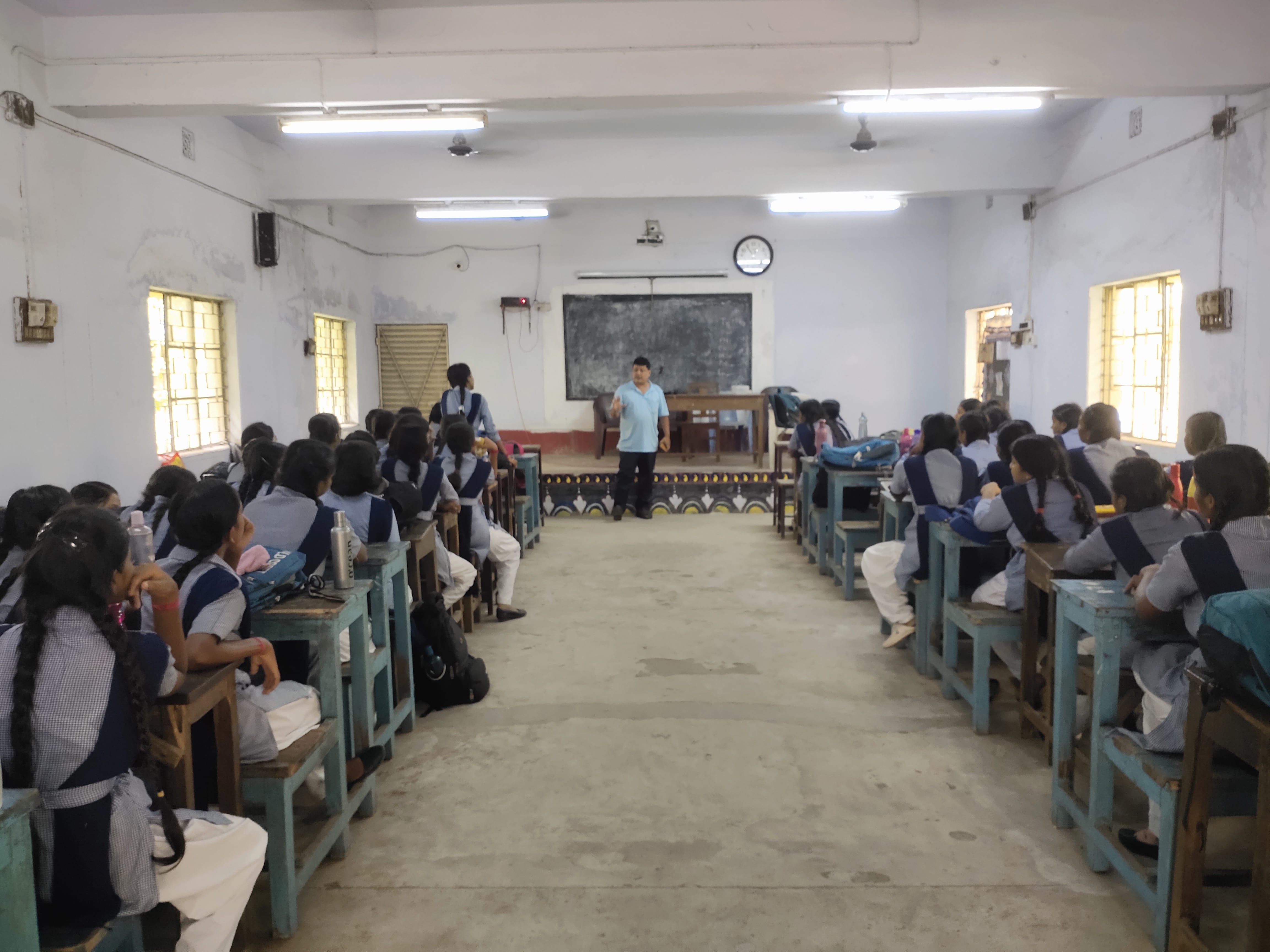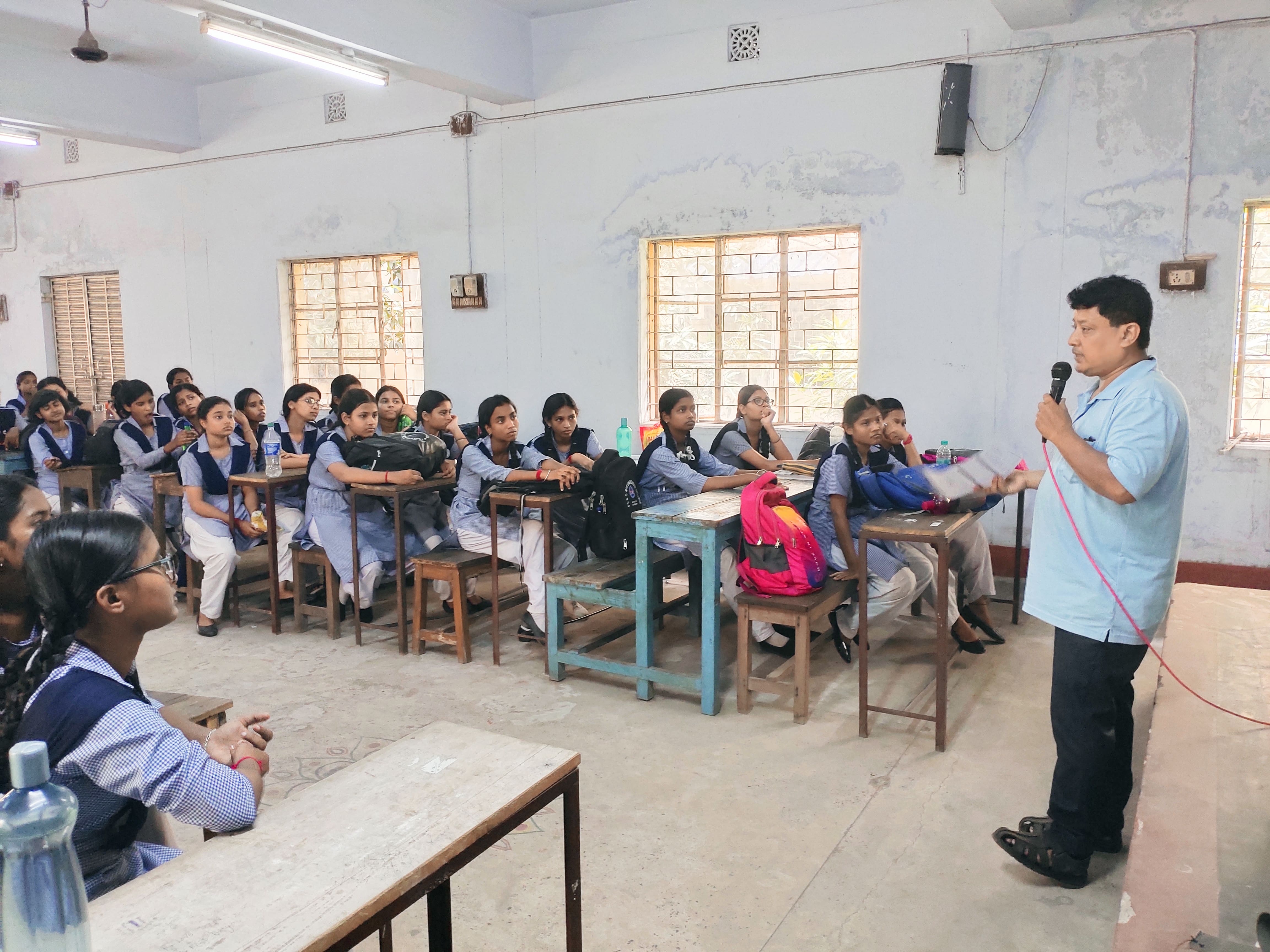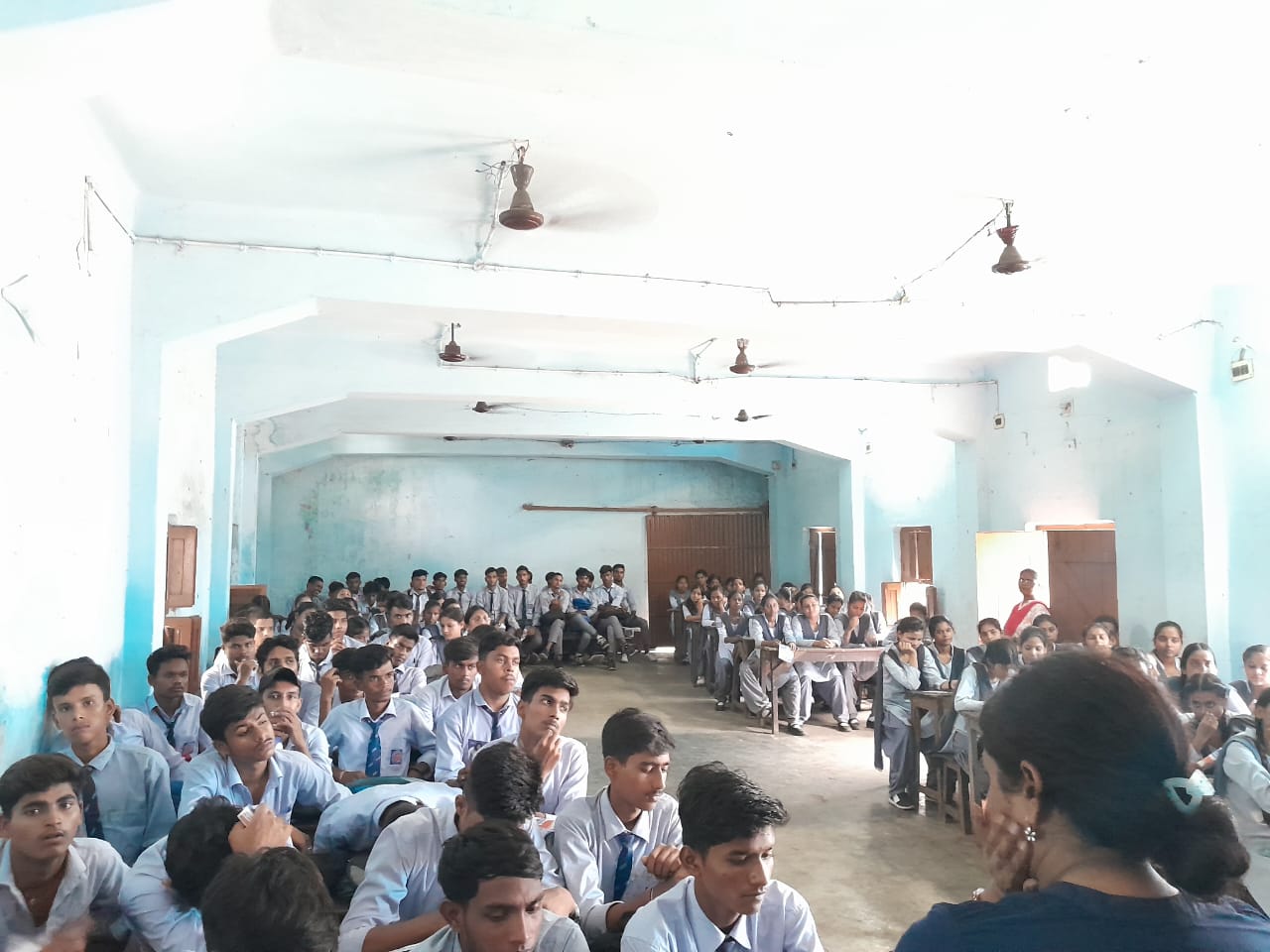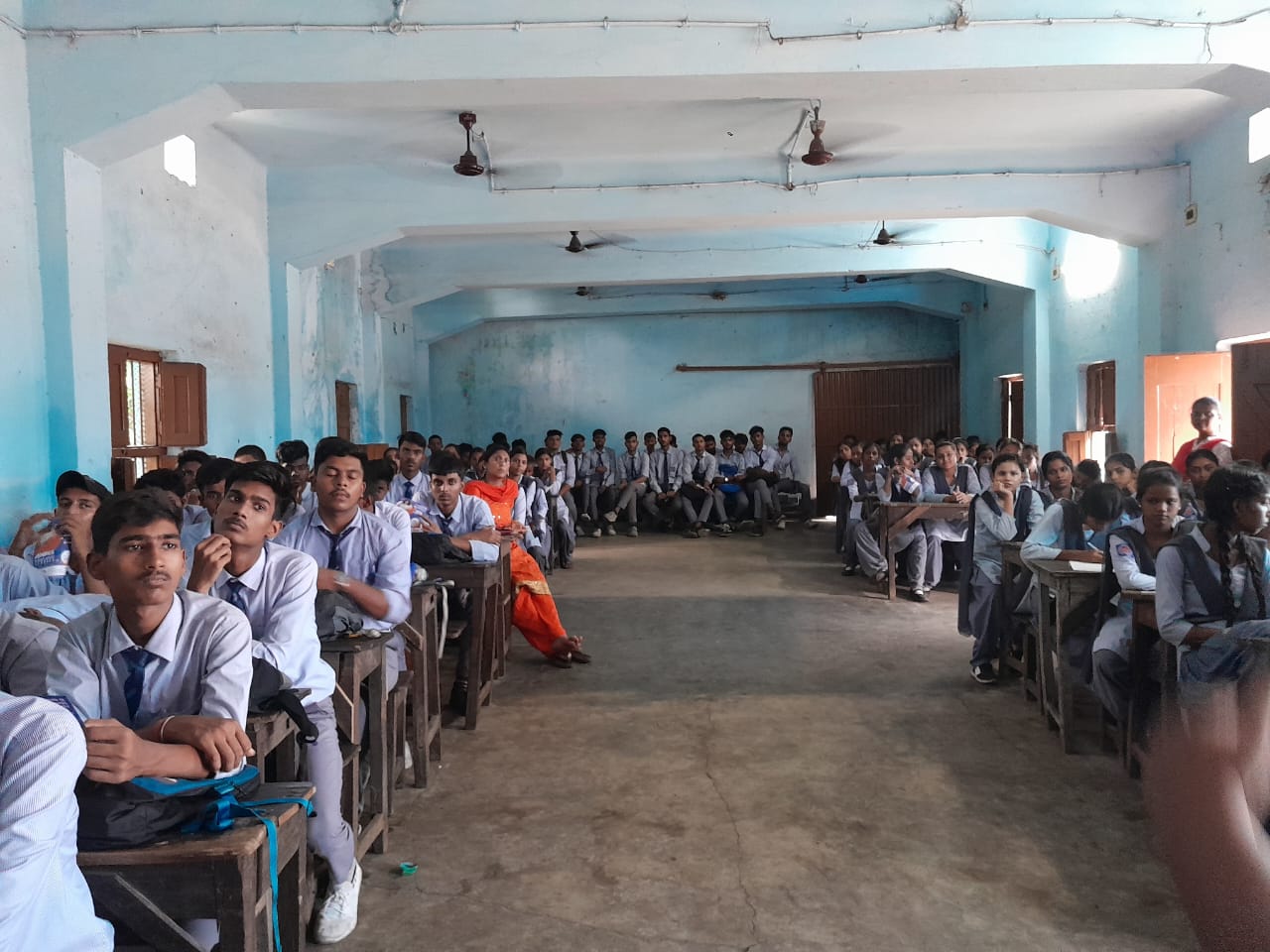JENPAS UG
Eligibility Criteria
Below are the eligibility criteria for the JENPAS UG exam:
- The candidate must be an Indian citizen and a resident of West Bengal.
- Only Female candidates are eligible for admission in B.Sc. Nursing course in Govt. colleges under JENPAS(UG).
- Female candidates are eligible for admission in B.Sc. Nursing course in Pvt. Colleges under JENPAS(UG). However, there are few Pvt. Colleges meant for Male candidates only.
- Both Male & Female candidates are eligible for admission in all other courses except B.Sc. Nursing in both Govt. and Pvt. Colleges under JENPAS(UG).
- Candidates must have passed the (10+2) examination or be appearing in the Class 12 exam to be eligible to apply for the exam. Additionally, candidates must have secured a minimum of 45% marks for General category and 40% marks for SC/ST/OBC categories.

Age limit
Upper Age limit
| Criteria | BSc Nursing | BVSO | BPT | BMLT, CCT, OTT, PT, PA, MMB, BHA |
|---|---|---|---|---|
| Upper Age Limit | No limit | 35 | No limit | 40 |
JENPAS UG 2025 Important Dates
| Date of Examination | Upcoming Exam |
|---|---|
| 2025-04-27 | Engineering & Technology, Pharmacy, Architechture Course (WBJEE-2025) |
| 2025-05-25 | B.Sc Nursing and Paramedical UG Courses (JENPAS(UG)-2025) |
| 2025-06-21 & 2025-06-22 | Under Graduate Courses in Presidency University (PUBDET-2025) |
| 2025-06-29 | ANM( R) & GNM Courses (ANM & GNM -2025) |
| 2025-07-12 | Post Basic B.Sc Nursing Course (JEPBN-2025) |
| 2025-07-13 | M.Sc Nursing Course (JEMScN-2025) |
| 2025-07-19 | PG Courses in Paramedical & Allied Sciences under WBUHS (JEMAS(PG)-2025) |
| 2025-07-20 | Master of Computer Application (MCA Course) (JECA-2025) |
| 2025-07-27 | Post Graduate Courses in Presidency University (PUMDET-2025) |
About JENPAS UG Syllabus
According to WBJEE’s recommendation for the JENPAS UG exam, Paper I will cover topics from the 11th and 12th standard syllabi of recognized Indian boards/councils. Paper II will focus on physics, science, and mathematics from the 10th standard syllabus of the West Bengal Board of Secondary Education and other equivalent recognized boards/councils. General Knowledge, Basic English, and local reasoning content will align with the 12th standard curriculum.
JENPAS UG Exam Pattern
Candidates aiming for JENPAS UG will sit for two papers on the same day, Paper I and Paper II. Paper II is specifically for admission to the BHA program. Applicants can opt to apply for both papers during the application procedure.
JENPAS UG Paper I Exam Pattern
Below is the examination pattern for Paper II that candidates can adhere to:
| Subject | Category-I | Category-II | Total No. of questions | Total Marks |
|---|---|---|---|---|
| No. of questions | No. of questions | |||
| Physics | 15 | 5 | 20 | 25 |
| Chemistry | 15 | 5 | 20 | 25 |
| Biology | 15 | 5 | 20 | 25 |
| Basic English | 20 | - | 20 | 20 |
| Logical Reasoning | 20 | - | 20 | 20 |
| Total | 100 | 115 |
JENPAS UG Paper II Exam Pattern
Below is the exam pattern for paper II which Aspirants can follow:
| Subject | Category-I | Category-II | Total No. of questions | Total Marks |
|---|---|---|---|---|
| No. of questions | No. of questions | |||
| Physical Science | 25 | 5 | 30 | 35 |
| Mathematics | 10 | 5 | 15 | 20 |
| General Knowledge | 10 | 5 | 15 | 20 |
| Basic English | 20 | - | 20 | 20 |
| Logical Reasoning | 20 | - | 20 | 20 |
| Total | 100 | 115 |
JENPAS UG Syllabus – Important Topics
Based on the analysis of past year papers, here are the key topics likely to appear in the upcoming examination:
| Physics | Important Topics |
|---|---|
| Physics |
Electronics Quantum Theory and its Applications Statistical Mechanics Condensed Matter Physics Relativity Nuclear and Particle Physics Experimental Physics Molecular Physics Electromagnetic Theory Classical Mechanics Atomic Thermodynamics Mathematical Methods |
| Chemistry |
Chemical Bonding Environmental Chemistry Amines Structure of Atom Periodicity General Organic Chemistry Equilibrium Redox Reactions Processes of Isolation of Elements States of Matter Biomolecules Thermodynamics Chemical Kinetics Surface Chemistry Haloalkanes Electrochemistry Aldehydes Alcohols Phenols Ketones Alkali and Alkaline earth metals (S Block) Molecular Structure Classification of Elements Solid State Hydrocarbons Carboxylic Acids Solutions General Chemistry Chemistry in Everyday Life |
| Biology | Biochemistry Plant Physiology Bryophytes Morphology of Angiosperm Plant Diseases Anatomy Plant Succession Gymnosperm Ecology Pteridophyte Environmental Pollution Embryology of angiosperms Algae, Fungi Bacteria Viruses Plant growth and growth hormones |
| Mathematics |
Permutation and combination Two dimensions Coordinate geometry Matrices Logarithms Sets, Relations and Mappings Three dimensions Co-ordinate geometry Quadratic Equations Differential Equations Binomial theorem Complex Numbers Integral calculus Differential calculus Algebra Trigonometry Principle of mathematical induction Statistics and Probability Vectors |
